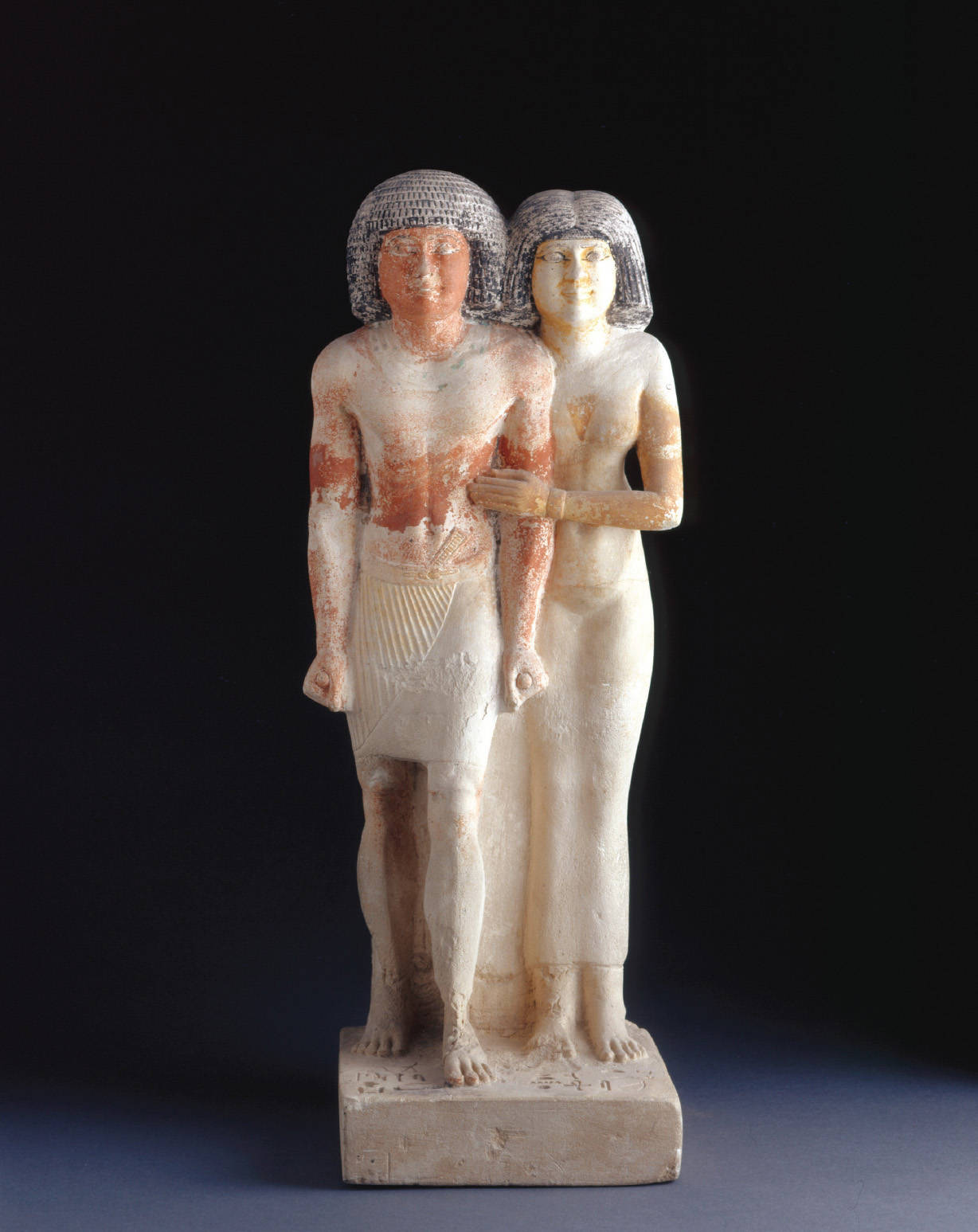Introduction
CHAPTER TWO
First Civilizations
Cities, States, and Unequal Societies
(3500 B.C.E.–500 B.C.E.)

“Where could one go if one wanted to escape civilization?” So read an inquiry from a Colorado woman on an Internet forum about “personal development” in 2007. In reply, another subscriber to the forum wrote: “Are you just tired of urban sprawl or are you fed up with people in general? I have lived ‘off the land’ in Kentucky, with no car, power lines, running water, phones etc. and I survived to tell the tale.”1 This ironic online conversation—using the Internet to express an interest in abandoning civilization—refers to the “back-to-the-land” movement that began in the mid-1960s as an alternative to the pervasive materialism of modern life. Growing numbers of urban dwellers, perhaps as many as a million in North America, exchanged their busy city lives for a few acres of rural land and a very different way of living.
This urge to “escape from civilization” has long been a central feature in modern life. It is a major theme in Mark Twain’s famous novel The Adventures of Huckleberry Finn, in which the restless and rebellious Huck resists all efforts to “sivilize” him by fleeing to the freedom of life on the river. It is a large part of the “cowboy” image in American culture, and it permeates environmentalist efforts to protect the remaining wilderness areas of the country. Nor has this impulse been limited to modern societies and the Western world. The ancient Chinese teachers of Daoism likewise urged their followers to abandon the structured and demanding world of urban and civilized life and to immerse themselves in the eternal patterns of the natural order. It is a strange paradox that we count the creation of civilizations among the major achievements of humankind and yet people within them have often sought to escape the constraints, artificiality, hierarchies, and other discontents of civilized living.
SO WHAT EXACTLY ARE THESE CIVILIZATIONS that have generated such ambivalent responses among their inhabitants? When, where, and how did they first arise in human history? What changes did they bring to the people who lived within them? Why might some people criticize or seek to escape from them?
SEEKING THE MAIN POINT
What distinguished “civilizations” from earlier Paleolithic and Neolithic societies?
As historians commonly use the term, “civilization” represents a new and particular type of human society, made possible by the immense productivity of the Agricultural Revolution. Such societies encompassed far larger populations than any earlier form of human community and for the first time concentrated some of those people in sizable cities, numbering in the many tens of thousands. Both within and beyond these cities, people were organized and controlled by states whose leaders could use force to compel obedience. Profound differences in economic function, skill, wealth, and status sharply divided the people of civilizations, making them far less equal and subject to much greater oppression than had been the case in earlier Paleolithic communities, agricultural villages, pastoral societies, or chiefdoms. Pyramids, temples, palaces, elaborate sculptures, written literature, complex calendars, as well as more elaborate class and gender hierarchies, slavery, and large-scale warfare—all of these have been among the cultural products of civilization.
A Map of Time (All dates B.C.E.)
| 3500–3000 | Beginnings of Mesopotamian, Egyptian, and Norte Chico civilizations |
| 3400–3200 | Nubian kingdom of Ta-Seti |
| 3200–2350 | Period of independent Sumerian city-states |
| 2663–2195 | Old Kingdom Egypt (high point of pharaoh’s power and pyramid building) |
| 2200–2000 | Beginnings of Chinese, Indus Valley, and Central Asian (Oxus) civilizations |
| 2070–1600 | Xia dynasty in China (traditionally seen as first dynasty of Chinese history) |
| After 2000 | Epic of Gilgamesh compiled |
| 1900–1500 | Babylonian Empire |
| 1792–1750 | Reign of Hammurabi |
| 1700 | Abandonment of Indus Valley cities |
| 1550–1064 | New Kingdom Egypt |
| 1200 | Beginnings of Olmec civilization |
| 760–660 | Kush conquest of Egypt |
| 586 | Babylonian conquest of Judah |
| By 500 | Egypt and Mesopotamia incorporated into Persian Empire |